Keladi
/Ikkeri
Keladi
Keladi
is a temple town in Sagar Taluk of the state of Karnataka in India.
Rameswara
temple at Keldi
In
the outset as you enter the Rameshwara temple it appears like a building with a
normal covered roof structure looming out in the middle of the street. It seems
like another traditional residence in coastal Karnataka by Mangalore tiles
covering the roof.
On
entering inside the complex you notice transformation into a very old
structure. The temple houses three deities, Lord Rameswara (Linga and Nandi),
Lord Veerabhadra and Lord Ganesh. The pillars are superbly adorned with
legendary gods as well as animals. At the ceiling you can find the legendary
(imaginary) two headed bird called Garudabande.
You
can also find the statue of Rani Channamma. You can observe Rani Chenamma is
riding a horse. Underneath Lord Ganesh, Rani Chenamma is paying respect
accompanied by her consorts. At the back of the temple complex that is more or
less facing the entrance a picture of vaastu sketched on full wall panel. There
exists a massive manasthamba at the backyard of temple. This indicates the
temple could have been altered subsequently in accordance with vaastu guidance.
Museum: You can find a
Museum situated outside the Keladi Rameswara temple that is maintained by
Karnataka state government. Keladi Museum is a rich storehouse of copper
inscriptions, palm leaves, coins and many more interesting antiques of the
Keladi period. The museum also has the recovered idols of Hoysala and Chalukya
period from the early 16th century to the late 18th century.
Keladhi
History
Two
brothers named Chavuda Gauda and Bhadra Gauda, living in the village of
Hale-bayal, in the Keladi taluk of the Chandragutti paragana, had two servants
or slaves, named Yadava and Murari, who cultivated their masters' fields. A cow
they had was discovered to shed her milk over a certain ant-hill, which, on
digging into, Chavuda Gauda found, contained a linga, over which, therefore, he
built a small temple. A little time after, the servants, when ploughing, turned
up an old sword, which they put into the thatch of the house, intending to make
a scythe of it. But they discovered that if a crow perched on the shed the
sword leaped out in the form of a serpent and killed it. On this, Chavuda Gauda
took it and, carefully cleaning it, kept in his house, giving it the name of
Nagaramuri. At another time, the ploughshare struck against the ring of a
cauldron, which contained treasure. Afraid to disturb it, Chavuda Gauda covered
it up again, but that night had a dream, in which he was directed to offer a
human sacrifice and take the treasure. On hearing this, his two slaves
volunteered to be the victims on condition that their memory was preserved. All
the preparations being made, the place was dug up at night and the slaves,
after ablutions, prostrated themselves to the cauldron and were beheaded with
the sword Nagaramuri.
With
this accession of wealth, the Gaudas raised a small force and began to subdue
the neighbouring villages. But they were seized and sent to Vijayanagar by
order from the king, and there put into custody. Hearing that a Palegar near
Balihalu was rebellious, they made an offer through the court musicians to
punish him if allowed to do so. Permission being given, they went with a force
and killed the Palegar, on which they were released and confirmed in the
possession of the places they had captured, receiving from the king a seal
(sikha moharu). The town of Keladi was then founded, together with the temple
of Rameshwara.
One
day while the Gauda was hunting, a hare turned upon his hounds, indicating
heroic virtue in the soil of the place in which this occurred. He therefore
removed his town to the spot, calling Ikkeri. His son and successor, with the
sanction of Sadasiva Raya, the Vijayanagar sovereign, took the name of
Sadasiva-Nayak.
Two
mounds, called Kalte, at the entrance to Keladi are pointed out as the scene of
the human sacrifices.The principal building in the place is the double temple
of Rameshwara and Virabhadra, a large and plain structure built in the
Hoysala-Dravida style.
After
the disintegration of Vijayanagar Empire in the Battle of Talikota, the Keladi
Nayakas created an independent kingdom and it remained so until it was annexed
to Mysore Kingdom by Hyder Ali.Shivappa Nayaka and Keladai Chennamma were the
rulers of this kingdom.
Ikkeri
Ikkeri
is a historical place located at a distance of 3 km from Sagar in Shimoga
district.The meaning of the word Ikkeri in Kannada language is Two Streets.
Ikkeri
was the capital of the Keladi rulers for about 120 years. After Ikkeri the
capital was moved to Nagara and then to Kavaledurga.The prime attraction of
Ikkeri is the Aghoreshwara Temple. The Aghoreshwara Temple in Ikkeri was
constructed by the Keladi Nayakas, who were once upon a time feudatories to the
Vijayanagara Empire.
The
Aghoreshwara temple in Ikkeri is dedicated to Lord Shiva. The Temple looks with
vast open outer space throughout the temple compound. The Aghoreshwara temple
is found in a big rectangular compound which is on a slightly higher ground.
Instead of the tower gateway (Gopura) to the temple compound a simple but
superb cubical arch carved out of granite across the small passage with many steps.
As
soon as you enter the temple, it is really simple to grasp the plan of the
temples and other structures interior. The very first thing is an prominent
shrine of Nandi in the axis of this main temple. It can be rare to get this
kind of large Nandi image having a glasslike finish.
Right
next to Nandi shrine is a big Balipitha and a number of smaller Balipithas. A
Balipitha (the Altar Stone) is where ritual offerings for god are offered. A
couple of feet ahead at open area number of broken carved stones kept arrange.
Actually that is the ruins of main deity's image.
The
porch of goddess's shrine in Aghoreshwara Temple in Ikkeri is in the normal
Vijayanagara style.
One
can inquire the priest of the temple to get additional information. Priests of
Aghoreshwara Temple in Ikkeri are friendly and they are surely happier to
explain the history of the temple.
Nearest
Cities: Sagara,Siddapur,Sirsi,Shivamogga,Hosanagara,Gerusoppa
Distances
from Keldi:
Sagar:10km
Siddapur:41km
Gersoppa:70km
Sirsi:80km
Shimoga:80km
Hosanagar:50km
Images
ImageCourtesy
www.travel.goudar.com
www.ikipedia.org
http://www.karnatakaholidays.com/

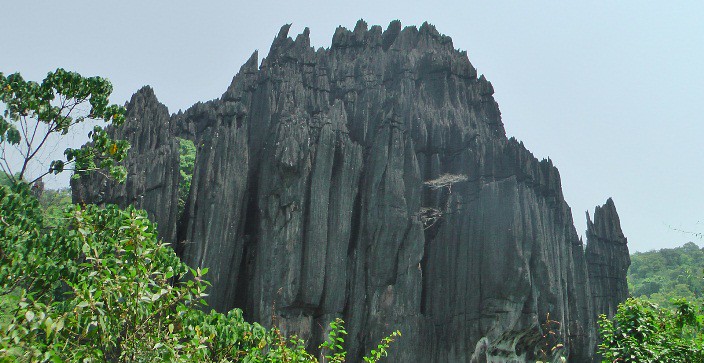


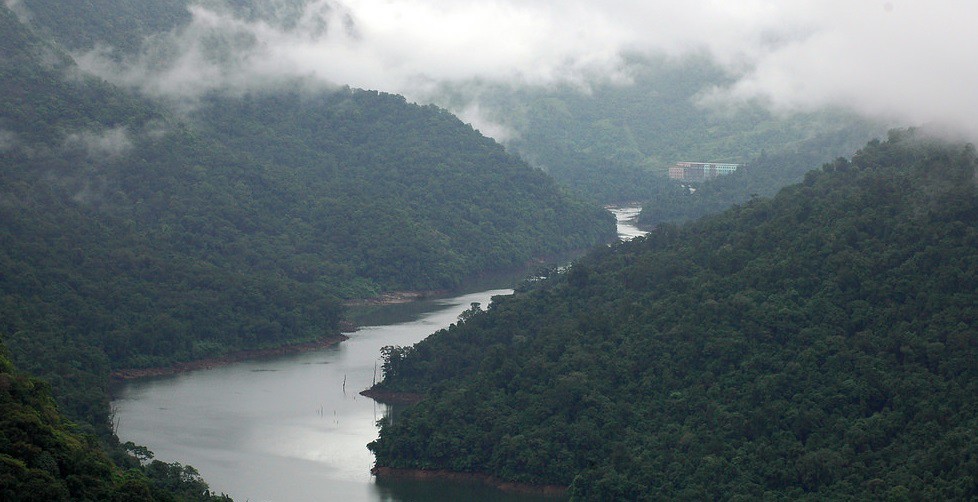
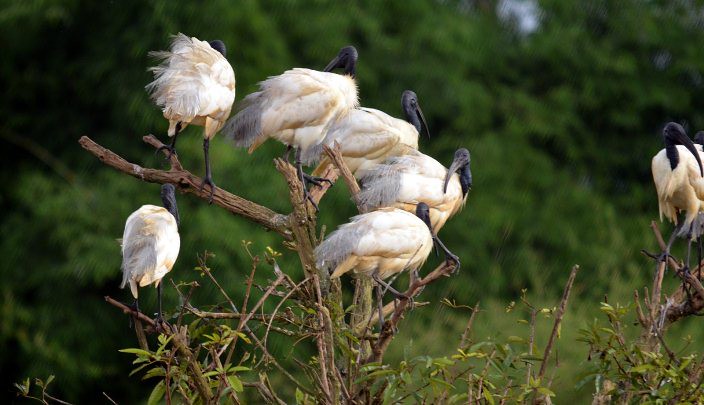

.jpg)











-Sagara+(2).JPG)





.JPG)





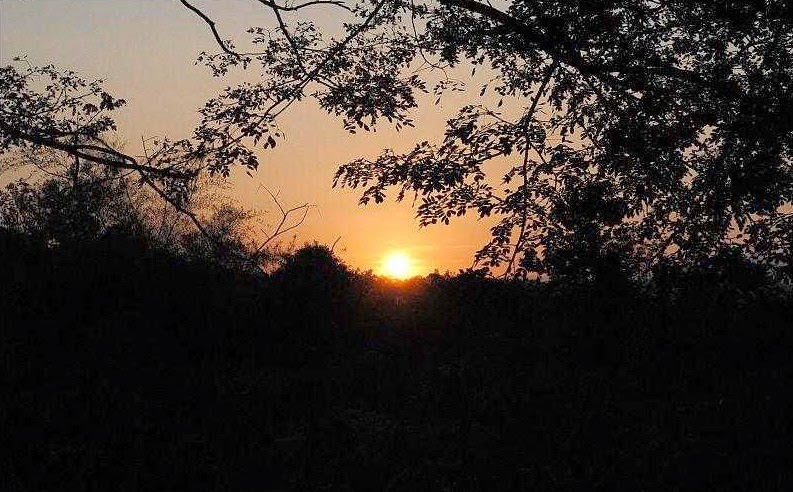




.jpg)






.jpg)

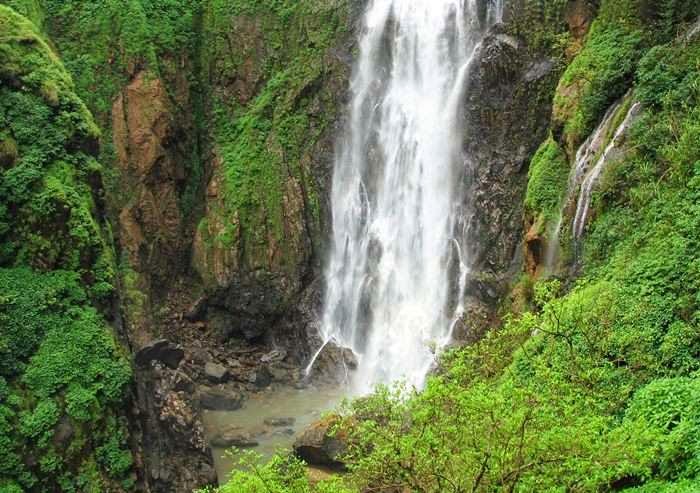



.jpg)










.jpg)
.jpg)
.jpg)
.JPG)
-Sagara+(2).JPG)
.JPG)